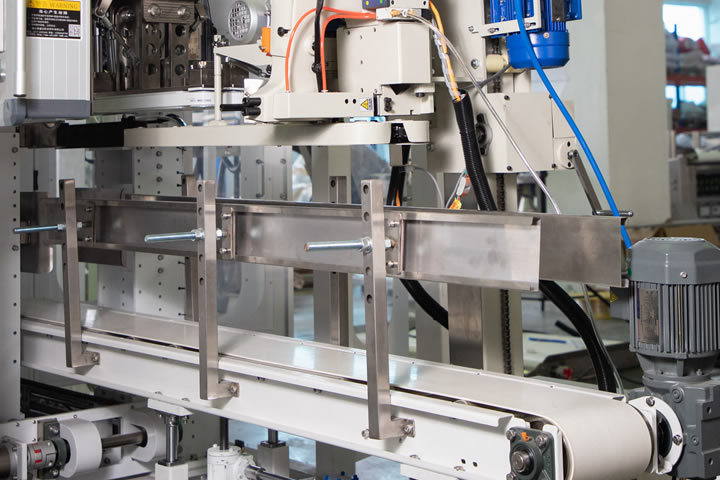In a food processing factory in northern Anhui, the workshop at six in the morning is no longer bustling with people. Instead, it is replaced by a "steel square" composed of 6 silver-gray smart packaging machines. The robotic arm accurately grabs the material, and the AI vision system scans 12 packaging surfaces per second-this is the daily scene after the company cooperated with ply-pack to complete the automation upgrade.

The efficiency revolution began with data awakening
Three years ago, this factory with a daily output of more than 100,000 pieces still relied on manual packaging lines. Production supervisor Lao Zhou still remembers that every peak season, 30 packers must be temporarily recruited, and it is still difficult to avoid missing and wrong packaging problems under the "human sea tactics". After the introduction of intelligent packaging machines, the single-line production capacity jumped from 4,500 pieces per hour to 7,800 pieces. More importantly, the "digital assembly line" formed by the linkage of equipment shortened the order response cycle to 1/3 of the traditional mode.
IoT weaves a quality protection network
In the equipment control room, engineers are monitoring 12 intelligent packaging machines in warehouses across the country through the cloud platform. During a night production, the equipment in the Hangzhou warehouse suddenly lit up a yellow light warning, and the diagnostic report pushed by the system simultaneously showed that the sealing temperature deviated from the standard value by 0.3¡æ. This hidden danger that used to require 2 hours of downtime for investigation can now be solved in 15 minutes through remote parameter adjustment. "It's like installing an 'electronic doctor' on each device, and quality fluctuations are nowhere to hide." The quality director sighed at the review meeting.
Technical code in the cost account book
Faced with the initial investment of 3.8 million, the financial director made a careful calculation: according to the current efficiency, the annual savings of 600,000 labor costs and 120,000 consumables losses can be recovered in less than seven years. The hidden bonus brought by the equipment is even more surprising - the product complaint rate dropped by 65%, and a large supermarket increased its order volume by 40%. "This is not buying equipment, it is clearly hiring a 'quality director' who is both efficient and reliable." The general manager made such an analogy in the annual summary.
Now when you walk into the factory, the real-time data board of the smart packaging machine is posted in the most eye-catching position. The jumping numbers not only record the production rhythm, but also measure the solid pace of traditional enterprises' transformation to smart manufacturing. When the industry is still discussing the pros and cons of "machine replacement", this once labor-intensive enterprise has given its own answer with data.

